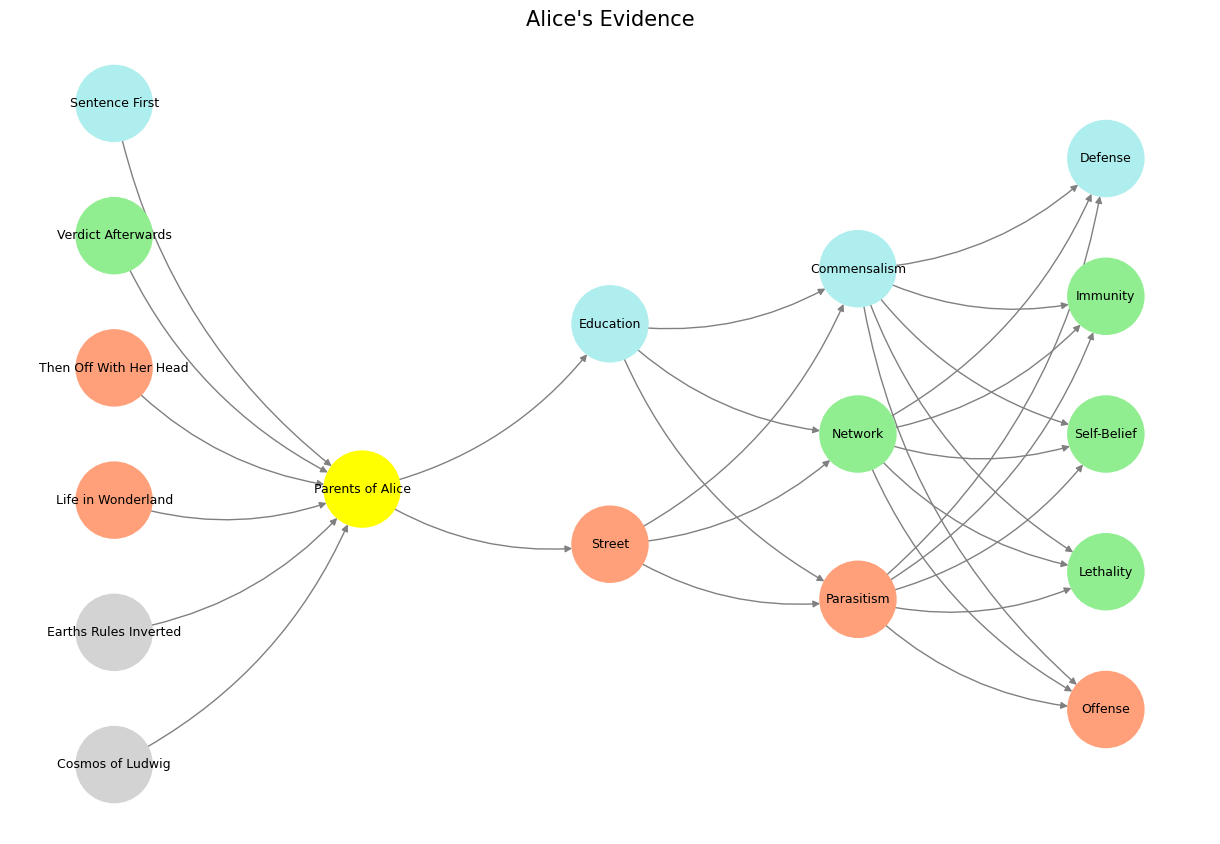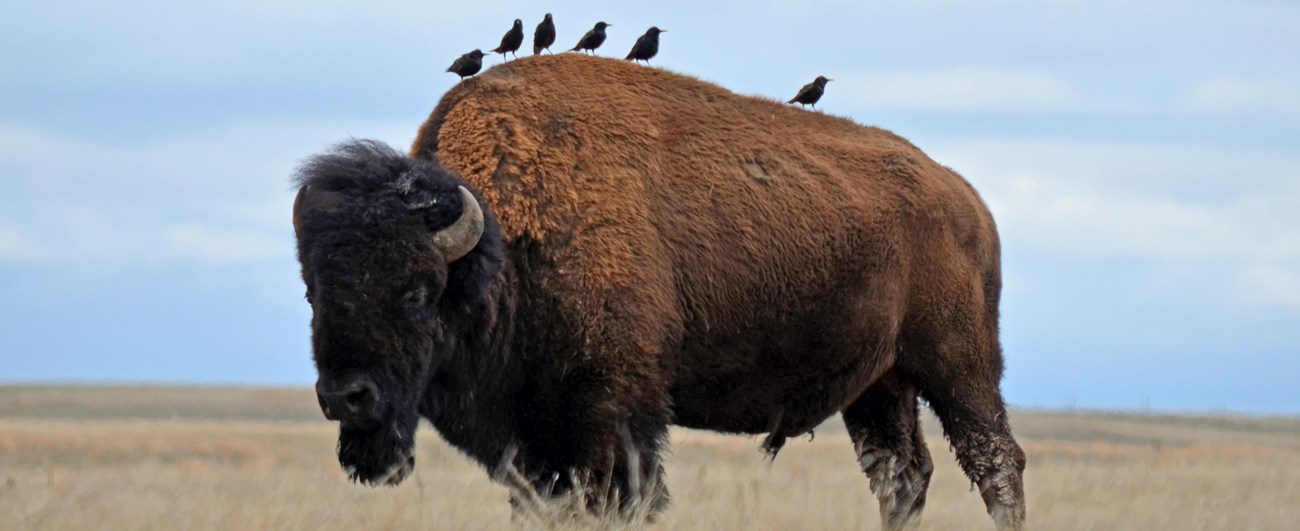Engineering#
The Hidden Layer of Human Behavior: Lessons from Leviticus 16 and the Itinerant Goat#
The story of the scapegoat in Leviticus 16 provides a profound metaphor for understanding the hidden layers of human behavior and interaction. On the Day of Atonement, the high priest was instructed to take two goats: one to be sacrificed as a sin offering to the Lord, and the other to serve as the scapegoat. The priest would symbolically place the sins of the people onto the scapegoat, which was then sent into the wilderness, carrying those transgressions away. This ancient ritual, rooted in the wisdom of herdsmen, offers a timeless lens to examine the dynamics of cooperation, iteration, and adversarial tensions in human society.
The goat’s role as a symbolic figure of exploration and transformation finds an unexpected parallel in the legend of coffee’s discovery. As the story goes, an Ethiopian goat herder named Kaldi observed that his goats became unusually energetic after eating red berries from a particular plant. These itinerant goats, constantly roaming and nibbling on anything within reach, inadvertently stumbled upon what would become one of humanity’s most transformative discoveries: coffee. Whether the credit lies with the coffee or the goat, the interaction itself—an unstructured, trial-and-error search through a massive combinatorial space—is what led to the breakthrough. This dynamic, symbolically mirrored in the scapegoat ritual, emphasizes the power of iteration and exploration in uncovering new possibilities.

Fig. 12 Leveraged Agency. At Championship-level, tactical approaches aren’t going to win you the trophy. The odds here are 1000/1 or longer and can’t be collapsed, given the numerous entrants and exists each year – similar to what we witnessed in leveraged agency sort of games like horse-racing. The higher the risk, higher the error, because no amount of analysis can ever utilize the most up-to-date dataset when the very populations of study are so dynamic.#
Sheep, by contrast, would never have discovered coffee. Docile and obedient, sheep stay close to their shepherd, grazing on green pastures and resting by still waters. They symbolize stability and cooperation, thriving within a predictable framework. While their contributions are invaluable—providing wool, milk, and meat—they lack the restless curiosity of the goat. Goats, with their insatiable urge to explore, embody the iterative process that drives discovery. They are creatures of disruption, venturing into spaces where sheep would never tread. The hidden lesson of coffee’s origin is that those who search broadly, even chaotically, are the ones who uncover the unexpected.
This distinction between sheep and goats also resonates deeply with the narrative of Leviticus 16. Sheep, symbolizing the cooperative equilibrium, thrive within an ordered system where each member contributes to the whole. They represent the righteous in Matthew 25: “He shall set the sheep on his right hand,” those who follow divine guidance and act with compassion. Goats, however, embody the adversarial. Their independence and refusal to conform often place them in opposition to the group, yet it is precisely these traits that make them ideal for carrying away the community’s sins. The scapegoat, burdened with the collective guilt of the people, is sent into the wilderness—an uninhabited space symbolic of chaos, exile, and the unknown. This act of sending sin away is both a release of tension and a necessary iteration to maintain the system’s balance.
Iteration, exemplified by the goat’s behavior, is essential to navigating the hidden layers of human interaction. A herdsman, observing the daily lives of sheep and goats, understands this deeply. Sheep represent the cooperative layer, working together to maintain harmony. Goats, though adversarial and chaotic, push boundaries and explore the vast combinatorial search space of existence. This is the layer of trial and error, where new solutions emerge through repeated attempts. The wilderness to which the scapegoat is sent is not just a place of exile but also a space of transformation, where chaos can be confronted and understood.
The hidden layer of human behavior demands symbols that reflect its complexity. The goat represents iteration and exploration, the restless search for answers in a vast and often uncharted territory. The sheep symbolizes cooperation and stability, the peaceful foundation upon which communities are built. The wilderness is the space of adversarial tension, where unresolved conflicts and sins are exiled, creating room for renewal. And the coffee, whether discovered by a curious goat or an observant herdsman, becomes the ultimate metaphor for what can be found when the boundaries of the known are stretched by those willing to wander.
In the end, it is the interaction between the itinerant goat and the unassuming coffee plant that mirrors the dynamics of the hidden layer. Exploration, even when messy or chaotic, is the driving force behind discovery. Leviticus 16 and the story of coffee’s origin both teach us that those who embrace iteration and venture into the unknown are the ones who uncover the treasures hidden in life’s vast combinatorial spaces. The challenge, then, is balancing the restless energy of the goat with the grounded wisdom of the sheep, creating a dynamic system capable of renewal, growth, and profound transformation.
Show code cell source Hide code cell source
import numpy as np
import matplotlib.pyplot as plt
import networkx as nx
# Define the neural network structure
def define_layers():
return {
'World': ['Cosmos of Ludwig', 'Earths Rules Inverted', 'Life in Wonderland', 'Then Off With Her Head', 'Verdict Afterwards', 'Sentence First', ],
'Perception': ['Parents of Alice'],
'Agency': ['Street', 'Education'],
'Generativity': ['Parasitism', 'Network', 'Commensalism'],
'Physicality': ['Offense', 'Lethality', 'Self-Belief', 'Immunity', 'Defense']
}
# Assign colors to nodes
def assign_colors():
color_map = {
'yellow': ['Parents of Alice'],
'paleturquoise': ['Sentence First', 'Education', 'Commensalism', 'Defense'],
'lightgreen': ['Verdict Afterwards', 'Network', 'Immunity', 'Self-Belief', 'Lethality'],
'lightsalmon': ['Life in Wonderland', 'Then Off With Her Head', 'Street', 'Parasitism', 'Offense'
],
}
return {node: color for color, nodes in color_map.items() for node in nodes}
# Calculate positions for nodes
def calculate_positions(layer, x_offset):
y_positions = np.linspace(-len(layer) / 2, len(layer) / 2, len(layer))
return [(x_offset, y) for y in y_positions]
# Create and visualize the neural network graph
def visualize_nn():
layers = define_layers()
colors = assign_colors()
G = nx.DiGraph()
pos = {}
node_colors = []
# Add nodes and assign positions
for i, (layer_name, nodes) in enumerate(layers.items()):
positions = calculate_positions(nodes, x_offset=i * 2)
for node, position in zip(nodes, positions):
G.add_node(node, layer=layer_name)
pos[node] = position
node_colors.append(colors.get(node, 'lightgray')) # Default color fallback
# Add edges (automated for consecutive layers)
layer_names = list(layers.keys())
for i in range(len(layer_names) - 1):
source_layer, target_layer = layer_names[i], layer_names[i + 1]
for source in layers[source_layer]:
for target in layers[target_layer]:
G.add_edge(source, target)
# Draw the graph
plt.figure(figsize=(12, 8))
nx.draw(
G, pos, with_labels=True, node_color=node_colors, edge_color='gray',
node_size=3000, font_size=9, connectionstyle="arc3,rad=0.2"
)
plt.title("Alice's Evidence", fontsize=15)
plt.show()
# Run the visualization
visualize_nn()


Fig. 13 Tryptophan, Tryptamine, and Y’all Who Be Trippin’. Information in nature is encoded in gravity and photons and zapped from the cosmos, to earth, to life, to silicon. As for the point of view, thats open for discourse. Source: Lorenzo Expeditions. And if we invert all the aforementioned, then we might say something like: The code provides a unique blend of art and science, creating a visual narrative that might engage viewers in thinking about the structure of thought, decision-making, or the whimsical nature of reality as depicted in “Alice’s Adventures in Wonderland” - Grok-2.#

